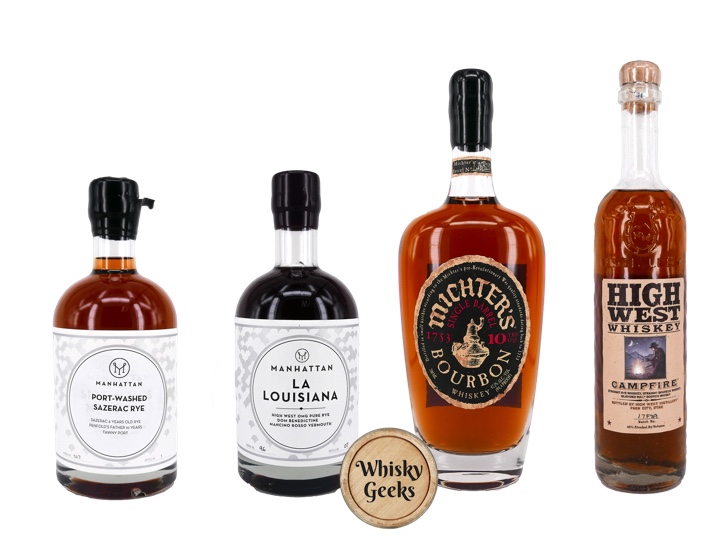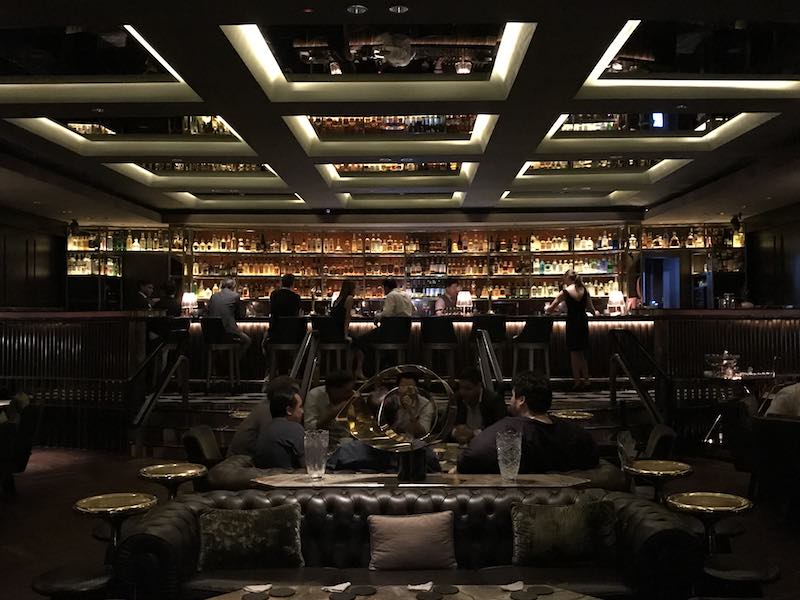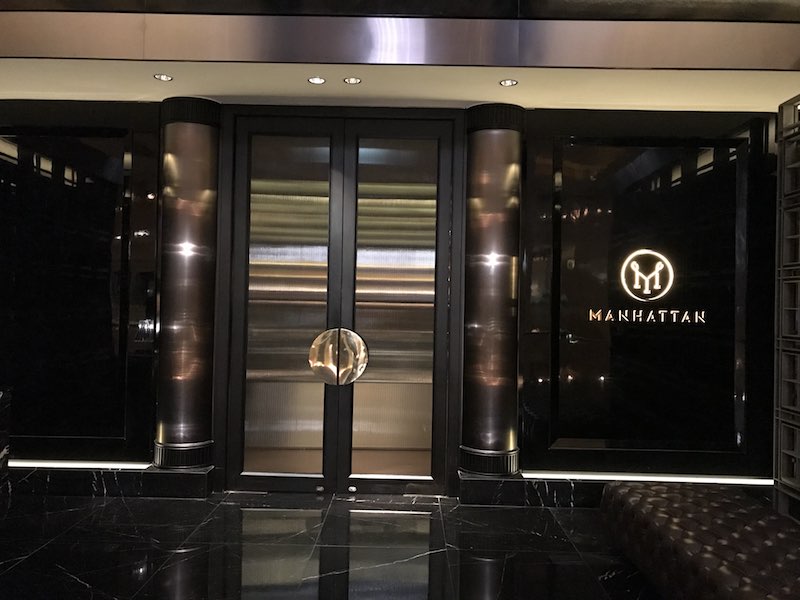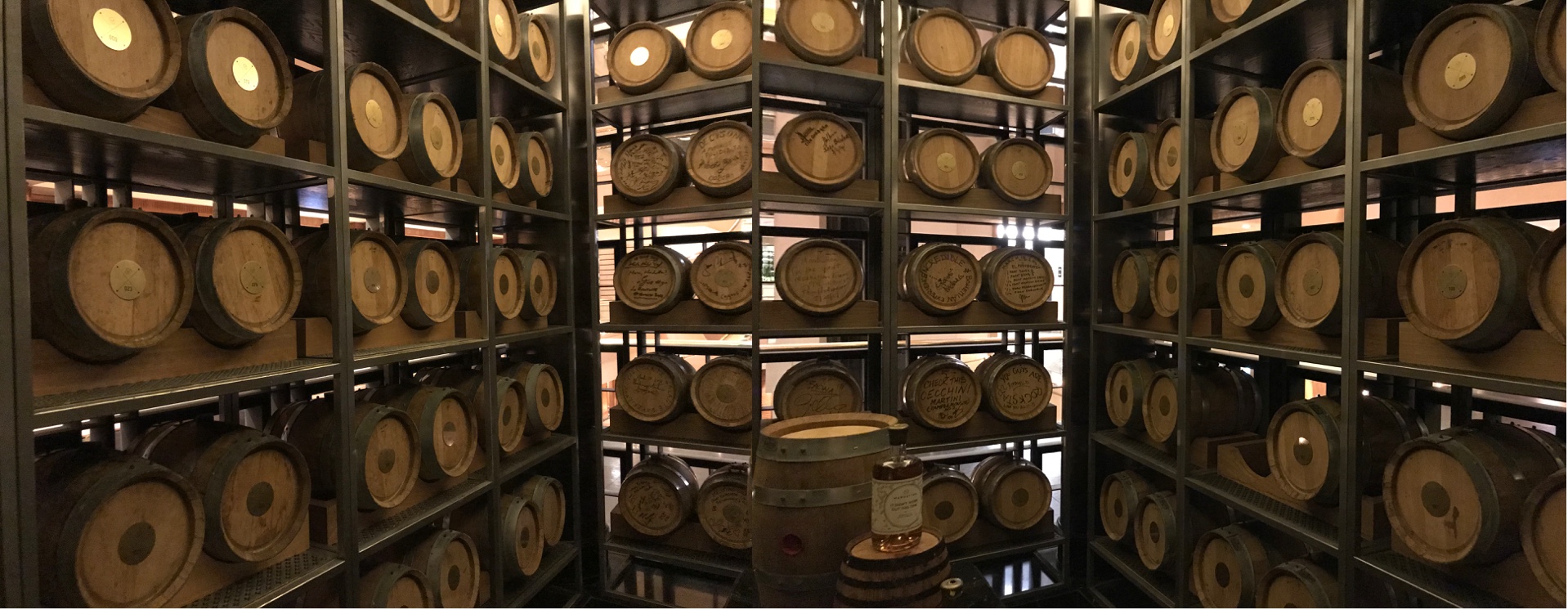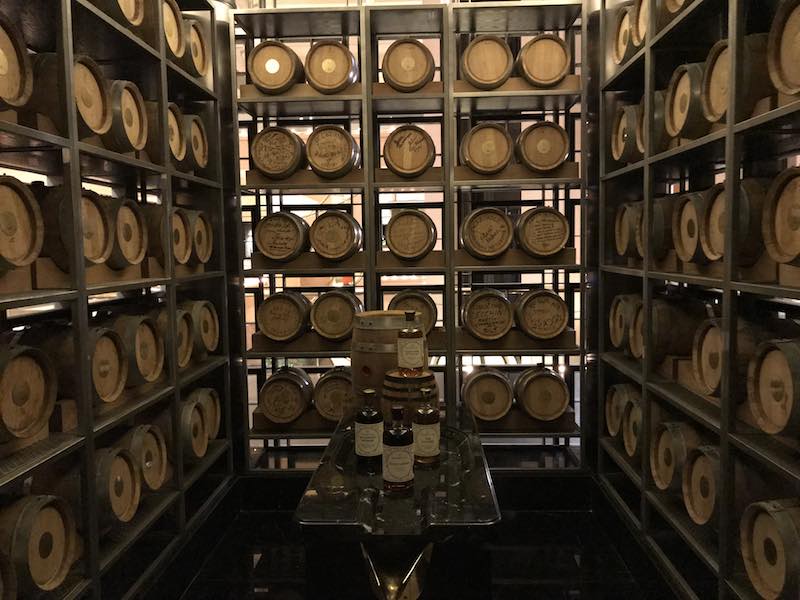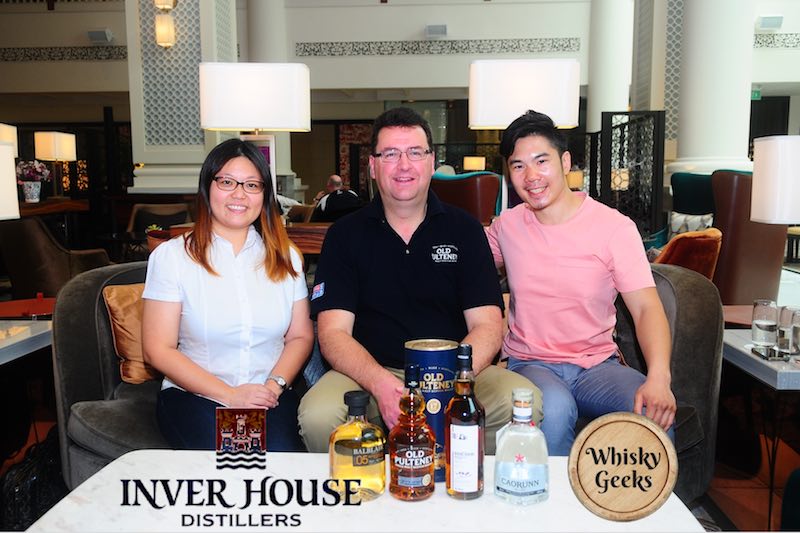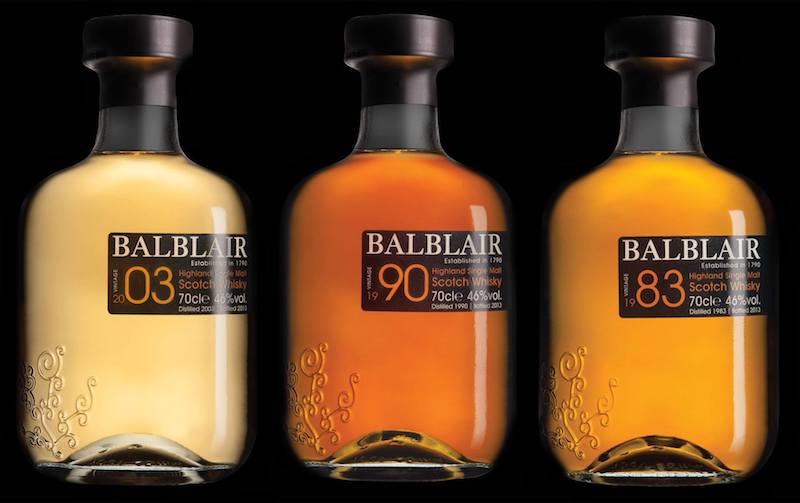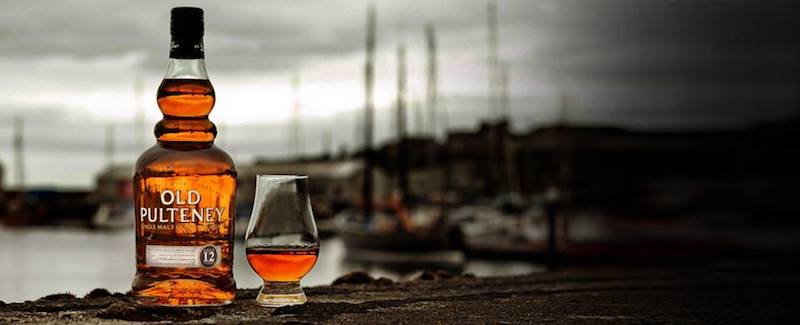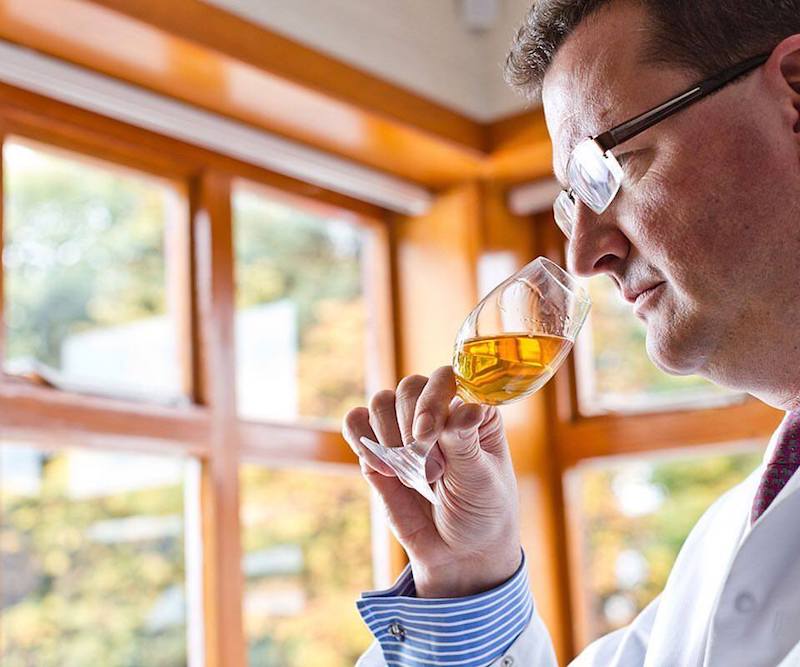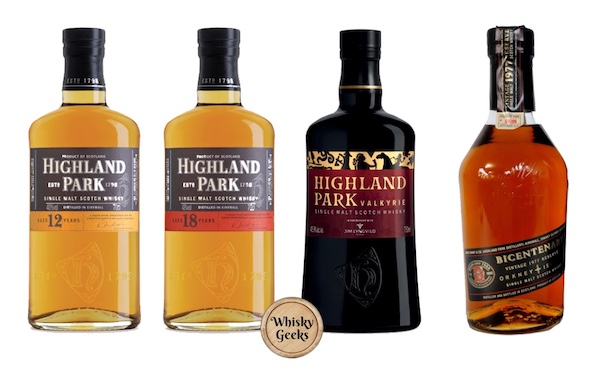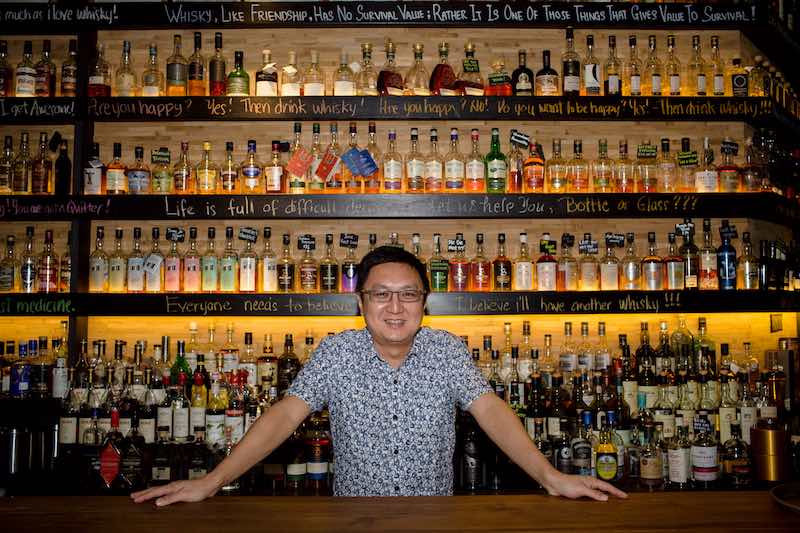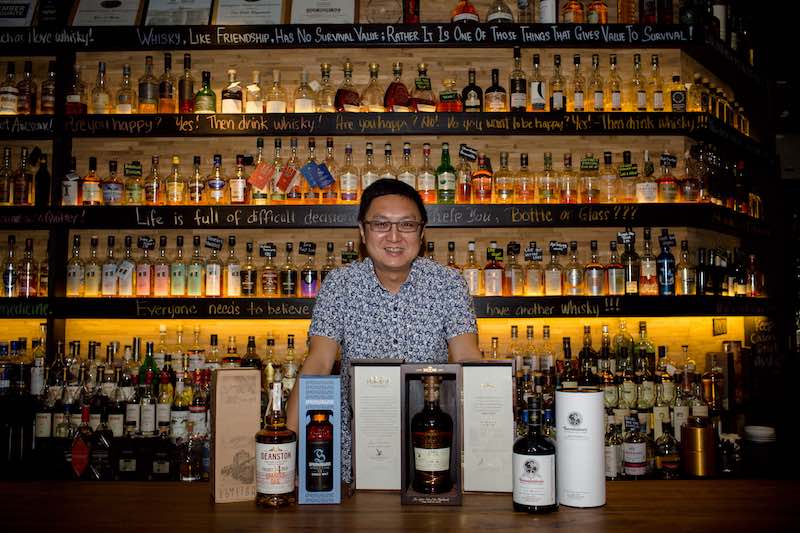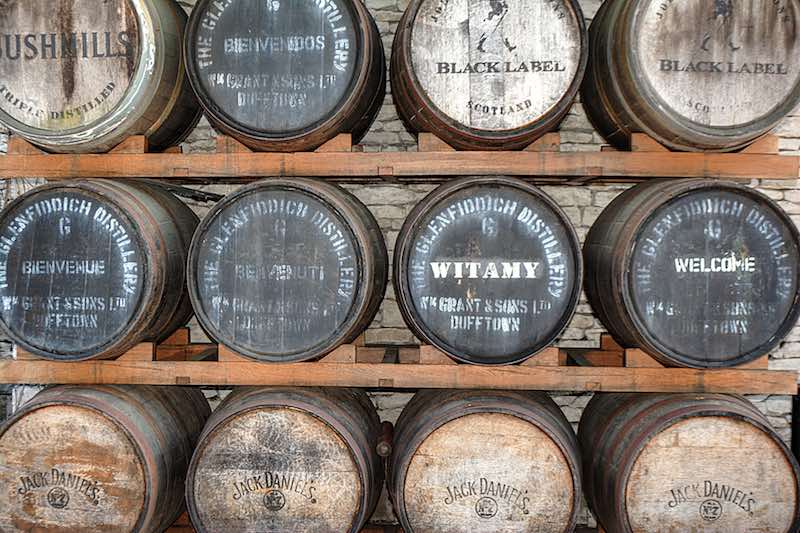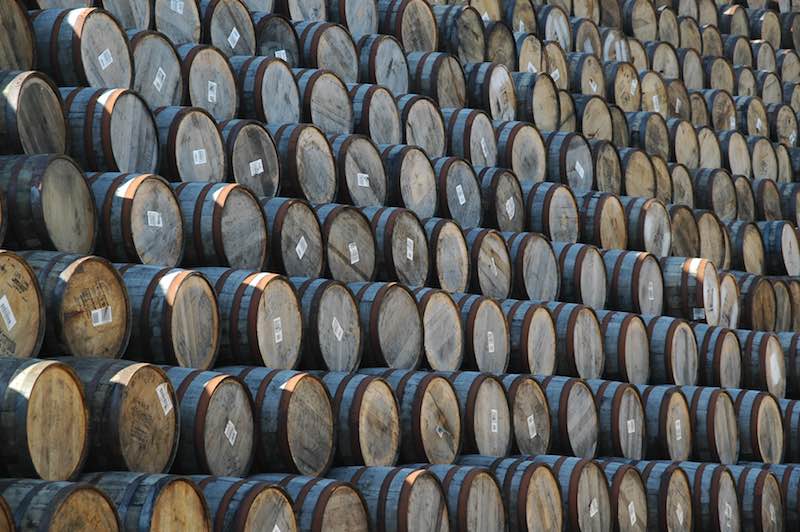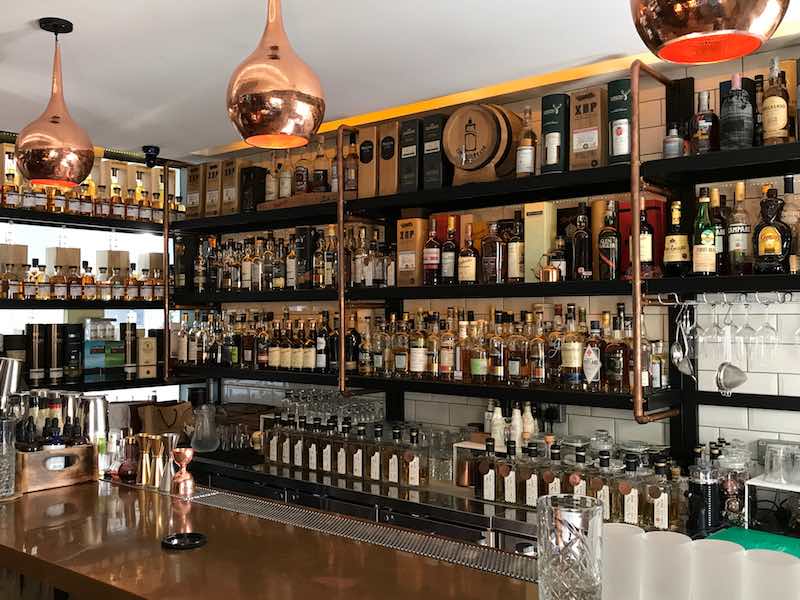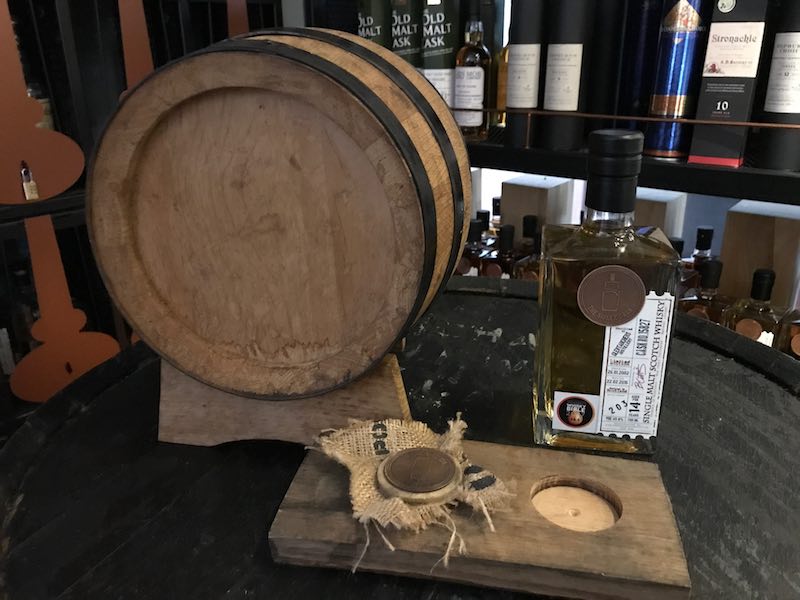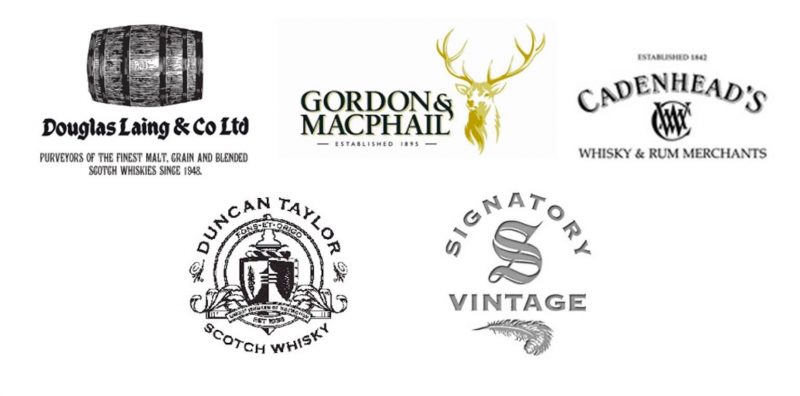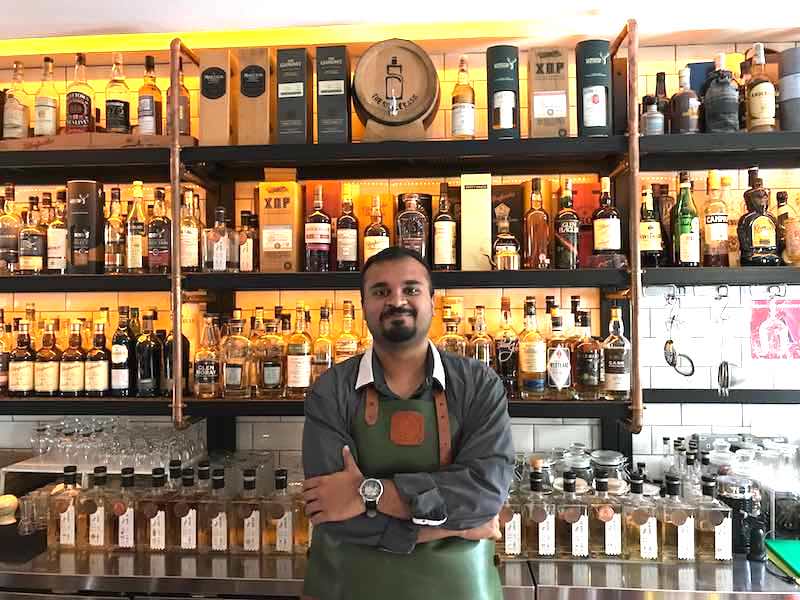
Picture Credits: WhiskyGeeks
WhiskyGeeks has invited Brendan from The Single Cask (TSC) to speak with us on his passion for whisky and share his views about the whisky industry with our readers. Here’s the lowdown of what we spoke about.
Before we start, let us give you a brief introduction to Brendan Pillai – Bar Manager of The Single Cask Singapore.
Name: Brendan Pillai
Occupation: Bar manager at TSC Singapore, Owner of WhiskyMate (blog) and fellow Whisky Geek
Loves: Whisky, of course!
Speciality: Brendan is a fantastic walking “wikipedia” on the whiskies in his bar; so, if you visit the bar and have no idea what to drink, ask him! He also packs a punch with his cocktails concoctions.
Now that you know Brendan a little bit more, let’s deep dive into our conversation with him.
What did Brendan do before joining TSC?
WG: Hello Brendan, thank you for taking time to speak with us. Before we start, maybe you would like to introduce yourself to our readers?
Brendan: Hello WhiskyGeeks! I am happy to share this conversation with you guys! Alright, introduction…My name is Brendan, I’ve worked for TSC for a year and a half now. I was previously from the oil and gas industry, dealing with the financial side of things. It wasn’t going well back in 2015, so it was either to wait it out or change. After some deliberation, I decided to join the spirits/whisky industry. Reason is simply – spirits has always hold an interest in me. This interest has led me to start my blog – WhiskyMate even before I delve into the industry. I thought that there is a need for a greater understanding for what I am writing about. So, the choice was either to join one of the big boys or to start off at a bar and work my way up. Learning happens along the way and I get something interesting out of it.
Who influenced Brendan into joining the whisky industry?
WG: Wow, what a history! We bet it wasn’t all that easy as you made it out to be. Besides your love for spirits, is there any one person who influenced you to join the whisky industry or to get you passionate about whisky?
Brendan: I think in terms of my passion for whisky, it started from my dad. He’s a very simple whisky drinker. He is very much a blended whisky person. He drinks Johnny Walker Black Label and Chivas 12, even Dewar Black Label. So that was where I started my journey as well. Usually it starts at home. As I experienced different things, different whiskies, I began to do a lot of research, both online and offline. The Internet has some good articles and I am fortunte to meet some really nice people who talk to me about whisky. One of them is Mr Matthew Fergusson-Stewart, now the Brand Ambassador for Glenfiddich; I met him when he was bar manager of Auld Alliance and we had a very good conversation in Nov 2012. There are also Mr Emmanuel Dron, the co-founder of Auld Alliance, Mr Richard Gillam, Brand Ambassador of Bruichladdich, and Mr Jim McEwan, the Master Distiller of Bruichladdich; I met him during my tour of Bruichladdich back in Jan 2015. All of them made an impact.
How has whisky changed for Brendan from the beginning till now?
WG: Is there anyone who has influenced you to delve into the knowledge behind whisky? When we first met, you were pretty much an enthusiast; you are now practically a whisky geek. How has it changed over the years?
Brendan: There’s no one person to be honest; it was more like a group of people. It was pretty much the 3 people I mentioned earlier – Matthew, Richard and Jim. These 3 have, in their own ways, influenced the way that I formed my opinions, found my favourite whiskies and distilleries. It was also the distillery tours that I went. Going to the source where your favourite whiskies are made is a profound experience. You get to see the process from start to finish in in-depth tours and that is one of the pleasures of a whisky lover. Speaking to Matthew is usually a transfer of knowledge from him to me; I would say something general, and he would transform that into something more in-depth, more complex. Richard, on the other hand, would speak to me about the intrinsic quality of raw materials and how they affect the final product.
What was the geekiest thing Brendan did?
WG: You call yourself a whisky geek. What was the geekiest thing that you have ever done in the industry?
Brendan: The geekiest thing I did was actually for my blog, WhiskyMate. I tend to write a whisky review weekly, but recently, I am so busy that the review is now fortnightly. One of the things that I normally do when I write a review is to research and find out more about the history, the shape of the stills, size of the wash backs and everything. All these technical aspects affect the final product and are some things which I find interesting.
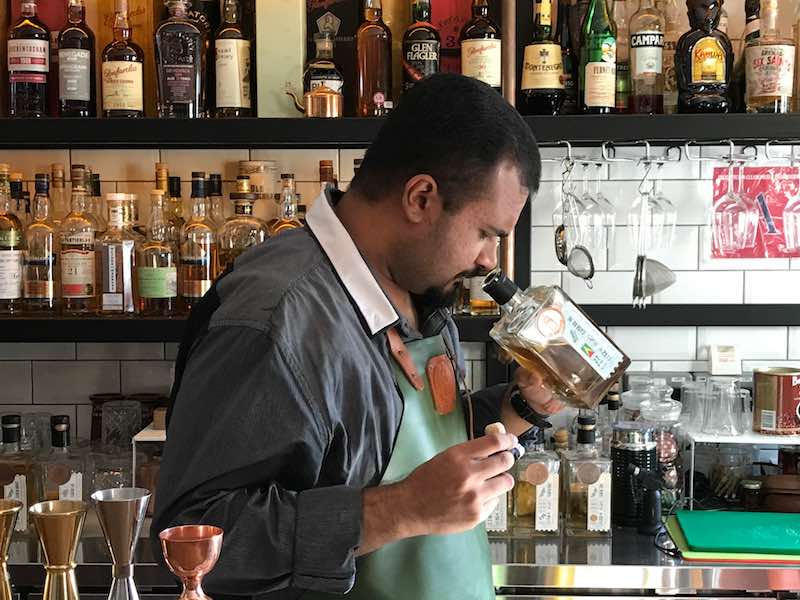
Picture Credits: WhiskyGeeks
How long has Brendan been drinking?
WG: You mentioned that your dad introduced you to whisky and the spirits. How long have you been drinking then?
Brendan: Officially since I was 18, unofficially when I was 12. I had my first taste of whisky at the age of 12, when my dad let me have a sip of his whisky. I did and didn’t like the liquid. When I hit 18, the shackles were off and I went in search for something I like. I tried it all; vodka, whisky, gin and whatever I could get my hands on. In the past, it was pretty much the mixers when you hit the clubs, and as a young kid, you drink what your friends drink. But I always went back to whisky. It has always been a safe haven, partly because it could be mixed. I started my journey with the blends and mixers but I moved on to the single malts and fell in love with them.
What mixer will Brendan suggest for whisky?
WG: In your opinion, what is the best mixer for whisky?
Brendan: I was partial to whisky soda and whisky sprite. They lengthen the drink but yet retain more of the whisky’s characteristics as well. If you want to push it a little, there is whisky and lemonade, but I always wonder why the hell do people drink whisky and coke when it tastes like medicine!?
How important is whisky to Brendan?
WG: As a whisky lover, how would you rate the importance of whisky in your life on a scale of 1 to 10?
Brendan: I think at the moment considering my occupation, my blog and everything, a solid 8 perhaps. There is definitely room for it to grow, which is why I did not rate it higher. At the same time, I will not rate it lower, because it is a big part of what I do. I spend 6 days a week here to work, and it is not just work; it is passion as well. So I feel an 8 is a fair assessment.
As Bar Manager, how many whiskies have Brendan tried from TSC?
WG: What is the percentage of whiskies that you have tried over here at TSC?
Brendan: I think right now it is a good 65-70%. There are some bottles which we actually have not opened yet. Some of them tend to be sold off during sales or events as people want to try something diferent. I can try different variations, but since we work with a lot of small batches, single casks and independent bottles; it is not possible to try every variation of the same thing. More often that not, I try something that gives me an idea of what it taste like. The percentage flucutates because old stuff gets discarded, new stuff comes in.
How fast does Brendan think the whisky market will grow in Singapore and the region?
WG: As a whisky expert in the industry, how fast do you think the whisky market will grow in Singapore and the surrounding region?
Brendan: I think Singapore had a tangible growth for the last 7 years. 7 years ago, it was a case of the big names, where people looked at Macallan, Glenlivet, Glenfiddich, Glenmorangie and so on. But with the advent of the Internet, there are new avenues for the transfer of knowledge and people began to notice the different whiskies. It is not just Scotch, of course. The explosion of interests in Japanese whiskies and its awards helped. Newer whiskies like those from Australia, Taiwan and America also filled the demand. Online shops like Master of Malt and Whisky Exchange also made it easy to buy a bottle with a click of the button and have it shipped to your doorstep.
There is also duty-free where a wealth of alcohol awaits you, with different brands, types, strengths, and flavour profiles. It wasn’t this way 10 years ago – there were so much lesser choices back then. The distilleries also expanded their ranges to provide for more choices. In Singapore, whisky bars offer another avenue to taste new whiskies. That allows patrons to try different things that they have not tried before.
In terms of the region, I think growth is happening at a different pace, largely due to our differnt standards of living. You can get more premium quality stuff in Singapore, but in places like Vietnam and Thailand, the range is less extensive. But it is just a matter of time. I think that the strength of the industry and the love of whisky is growing, and people are getting educated through events such as WhiskyLive, and during interaction with brand ambassadors. It takes time, but we will get there.
What caused the increase in whisky drinkers in the region- Japanese or Scotch?
WG: In your opinion, what caused the increase in whisky drinkers in the region – Japanese or Scotch?
Brendan: If I have to pick one, I will say Scotch. Primarily because it has been around for very long in many different ways and forms. The blended whiskies are predominantly accounting for 95% of the market while the single malts accounted for the remaining 5%. The thing is that people are tired of Scotch and want to try something different. Japanese whiskies provided a different interpretation of what people are used to in terms of the Scotch whisky industry. There are connections between the Japanese and the Scotch as well, for example, big boy Nikka owns Ben Navis distillery and Suntory owns 5 other Scotch whisky distilleries. Nonetheless, Japanese whisky has a different flavour profile and some people like it better than the Scotch.
People will still go back to Scotch, according to Brendan
WG: Do you think that Scotch will lose its place eventually?
Brendan: If you ask me, I will say no. I think that yes, you can go with the Japanese, or the new world whiskies, but in the end, you’re still going to come back and try the Scotch. Primarily because there are more than 120 distilleries offering different flavour profiles and options. Of course, you can’t try them all but you can try the different flavour profiles of the majority of them. The distilleries are always innovating and trying new casks so there is always something new for you to try. Eventually, people are going to say, I have tried the Japanese so, let’s go back to Scotch.
What’s Brendan’s views about the Singapore whisky community?
WG: In a nutshell, what are your views about the whisky community in Singapore, in the context of the whisky industry?
Brendan: I know we had this discussion before and my views are not popular. I said that we are quite a fragmented nation when it comes to whisky. It is fragmented in the sense that there are those who stick their guns on a certain style, a certain distillery or a certain brand. There are also those who are open to try different things and those who are risk adverse to even try anything new. Lastly, there are the ones who are willing to try but do not know enough to find out what they like.
What is Brendan’s suggestion to close the gap in Singapore?
Brendan: We tend to like the big names. I’m sure part of it is due to marketing and word of mouth, and part of it is herd mentality. It is another controversial point of view, but I do believe herd mentality plays a part. Just because your friend tells you that this whisky is good doesn’t mean that you are going to find it just as good. You’ve got to try every whisky, give it a go, and form your own opinions. I think this is where the fragmentation lies. That risk adverse attitude of not wanting to try. If given the right motivation and the right push towards the whole idea of trying different things, I think we can solve the problem. Of course, it wouldn’t solve everything; we’ll never get that; but we can get to a greater understanding as a whisky market as a whole.
One of the most misunderstood categories is of course the indepedent bottlings. People tend to think that just because it is independently bottled, it must be inferior from what the distilleries are putting up. In some sense, they are not wrong; but in other sense, they are very wrong as well. That is very subjective. It depends on the situation and the casks of whiskies used. That is why we ask people to go out there and try as many whiskies as possible to form their own opinions. Find the ones you like and the ones you don’t like and keep trying.
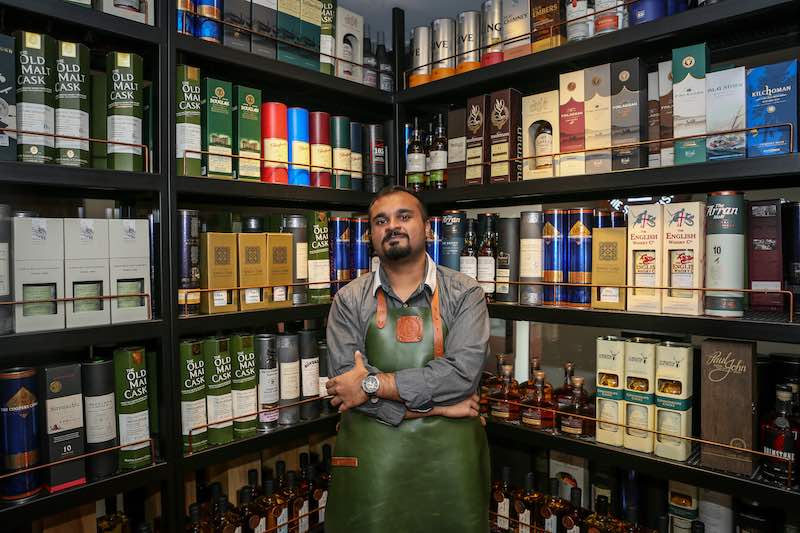
Picture Credits: YX (Whisky Butler)
Does Brendan think he is an influencer in the Singapore whisky community?
WG: How much of an influencer do you think you are in the whisky community in Singapore?
Brendan: In terms of influence, I have a long way to go, primarily because there are other influencers who have established themselves. These people are well known not just for the content they produce but for the views they hold as well. In some ways, I may have some influence through my blog and the bar here, but I feel that the motivation to keep learning and improving, is more important. I believe that I am just a crazy guy who loves his whisky and that translates into my passion at the bar and my views of getting people to try new things. When we succeed in getting someone to try new things, we influence the community in a small way because this person is going to tell his friends, “hey guys, I tried something new at TSC! It’s different, but it’s worth a try.”
Who are the influencers in the whisky community in Singapore?
WG: Who are some of the others whom you think are influencers?
Brendan: There are several whisky bloggers out there. First, there is Mr Benjamin Chen. He is part of the Malt Maniacs and one of the foremost authorities in whiskies. In my opinion, he is one of the greatest whisky writers out there. Then, there is Mr Matthew Fergusson-Stewart. It comes back to him because of his knowledge, and his views are respected. He is also more than willing to engage you in a healthy debate in terms of ideas. He is not someone who will shut you down because your view diverges from his. Of course, there is also Mr. Benjamin Tan from Whisky Butler. Ben is very knowledgeable and we have many good conversations. He speaks freely about the industry and the whisky market and we often exchange our ideas and views about whisky.
We also have the people behind the bars. We have Mr Khoon Hui from Quaich Bar, Mr. Emmanuel Dron from Auld Alliance and Mr Jeremy Tan from The Wall. All of them stock amazing stuff in their bars. We also have La Maison du Whisky with a huge selection. All of them play a part in the industry and shape the opinions of the whisky drinkers in Singapore.
Do the large number of influencers contribute to the fragmented whisky community?
WG: When you mentioned the large number of people who influence their members in their own small ways, do you think they are also contributing to the fragmentation of the community?
Brendan: 100%! The thing is, everyone has their own agenda. There are certain points that they want to drive forward – particular elements of the business, part of the company or part of what they want to profess. These resulted in different opinions that contributed to the fragmentation. A large part of it is also the lack of information. In a sense, people do not have enough information about the whisky industry as a whole, but only elements in a part of it. Hence, people don’t look beyond the brands or the information provided to them. They tend to take it at face value instead of looking deeper with research. There are always people who are just looking for a nice dram but there are also those who are looking for something new because they are not satisfied with what they have. At the end of the day, the fragmentation comes from the differing opinions as well as the lack of knowledge and information.
What does Brendan see for the future of the whisky industry?
WG: Do you think that the future can bring about a change in the whisky industry where the fragmentation can be lessened?
Brendan: I think the closing of the gap can only be achieved through education. The proliferation of online sites such as WhiskyFun, Scotchwhisky.com and even looking local, you have yourself, Whiskygeeks, and also Casks and Drams, a whisky publication that we have. The idea is that these places provide tangible information for people within the industry and that will help to close the gap eventually. It is not about recognition; it is about the provision of information, the furthering of knowledge that contributors such as Matthew and Benjamin Chen write. If no one do anything, the industry will remain the same. People are not going to care.
Having such websites and access to good information serve to level the playing field. We try to explain the concepts in a more scientific term, produce geeky stuff and provide just a little more information. I guess it is the sharing of information and knowledge that will negate that fragmentation. I hope that it will continue to be this case moving forward. It is a deep-rooted problem that will take years, a lot of efforts, some blood and sweat, but I think eventually, we will get to a point where people can understand the industry better. There is no 100% understanding, but having healthy debates within the industry is a good start.
What does Brendan wish to see in the future of the whisky community in Singapore?
WG: To round it off, what do you wish to see in the future of the whisky community in Singapore?
Brendan: I think I would like to see a bit more fearlessness and a bit more drive to try different things. Working at TSC surrounds me with different bottles every day, and I can’t help but be influenced by what is in front of and behind me. I want to share it with people and if anything, I wish to have more people walking in to try something different.
What is Brendan’s advice to the whisky community?
WG: What is your advice to the whisky community in Singapore and the region?
Brendan: Don’t be afraid, be fearless. Just because you like one whisky doesn’t mean that it’s the only thing you drink. Just because you didn’t like it, doesn’t mean that the distillery is bad. So the biggest take away that I can provide to whisky drinkers out there is to go out, try as many whiskies as you can. Don’t be afraid. There is nothing to lose.
Like what you have just read?
